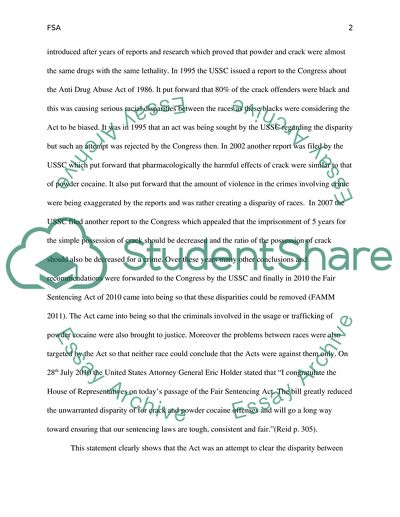Narcotics Research Paper Example | Topics and Well Written Essays - 1000 words. Retrieved from https://studentshare.org/miscellaneous/1581045-narcotics
Narcotics Research Paper Example | Topics and Well Written Essays - 1000 Words. https://studentshare.org/miscellaneous/1581045-narcotics.


